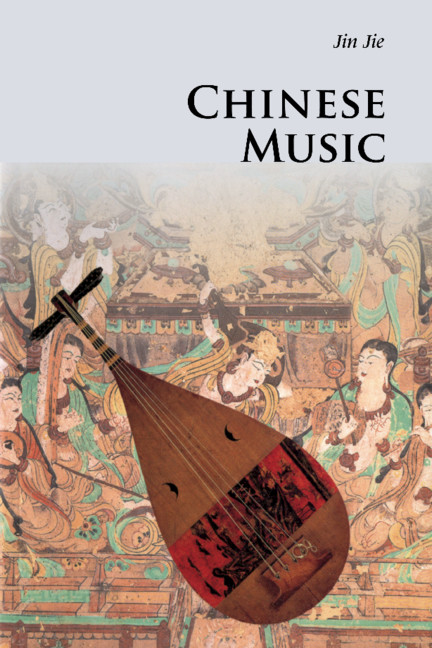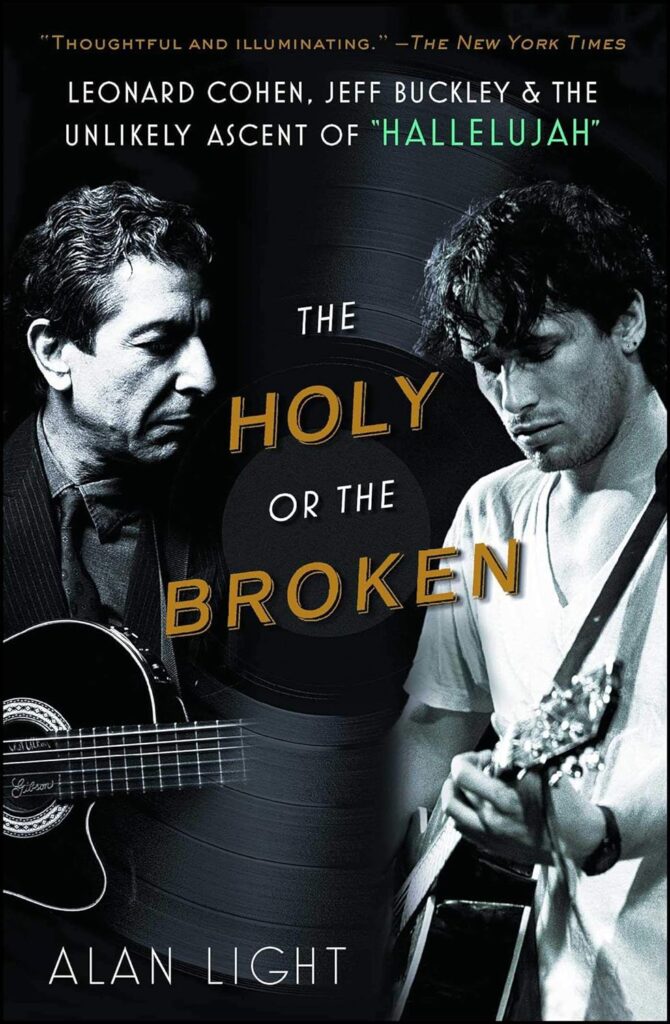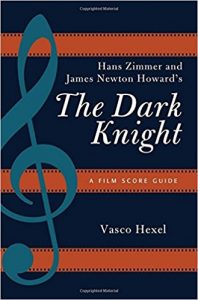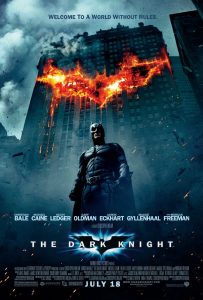Editor’s note: Arachnophonia (“Arachno” = spider / “-phonia” = sound) is a regular feature on our blog where members of the UR community can share their thoughts about resources from the Parsons Music Library‘s collection.
All links included in these posts will take you to either the library catalog record for the item in question or to additional relevant information from around the web.
Today’s installment of Arachnophonia is by student manager Sophia (class of 2028) and features an historical overview of the music of China. Thanks, Sophia!
Chinese Music by Jin Jie
Translated by Wang Li and Li Rong.

As a student minoring in Chinese studies and a fan of Chinese music, I often find myself listening to older songs that were released before I was born.
The book Chinese Music explores the unique styles of Chinese music, including a variety of musical instruments that played an important role in shaping its culture. Music began with people singing, a form of expression that spread across regions and inspired labor workers to sing while working, offering encouragement.
Back then, people didn’t have the modern instruments we use today, so they created their own. For example, they made flutes out of bones and used special stones called qing to produce clear, piercing sounds. They crafted drums out of bronze and developed instruments like the xun, which resembles an ocarina, sometimes nicknamed a “potato flute.”
As time passes, the instruments they use also evolve. During the Qing Dynasty, performers played instruments like erhus and south bangs. The erhu is a two-stringed instrument played with a bow and held vertically on the lap, similar to a violin. A South Bangs is a small drum struck with a stick.
I found it fascinating to read about these historical instruments, especially since I’ve seen some of them in the shows I watch. If you’re interested in learning more about traditional Chinese music, I highly recommend checking out the book Chinese Music at the Parsons Music Library.





